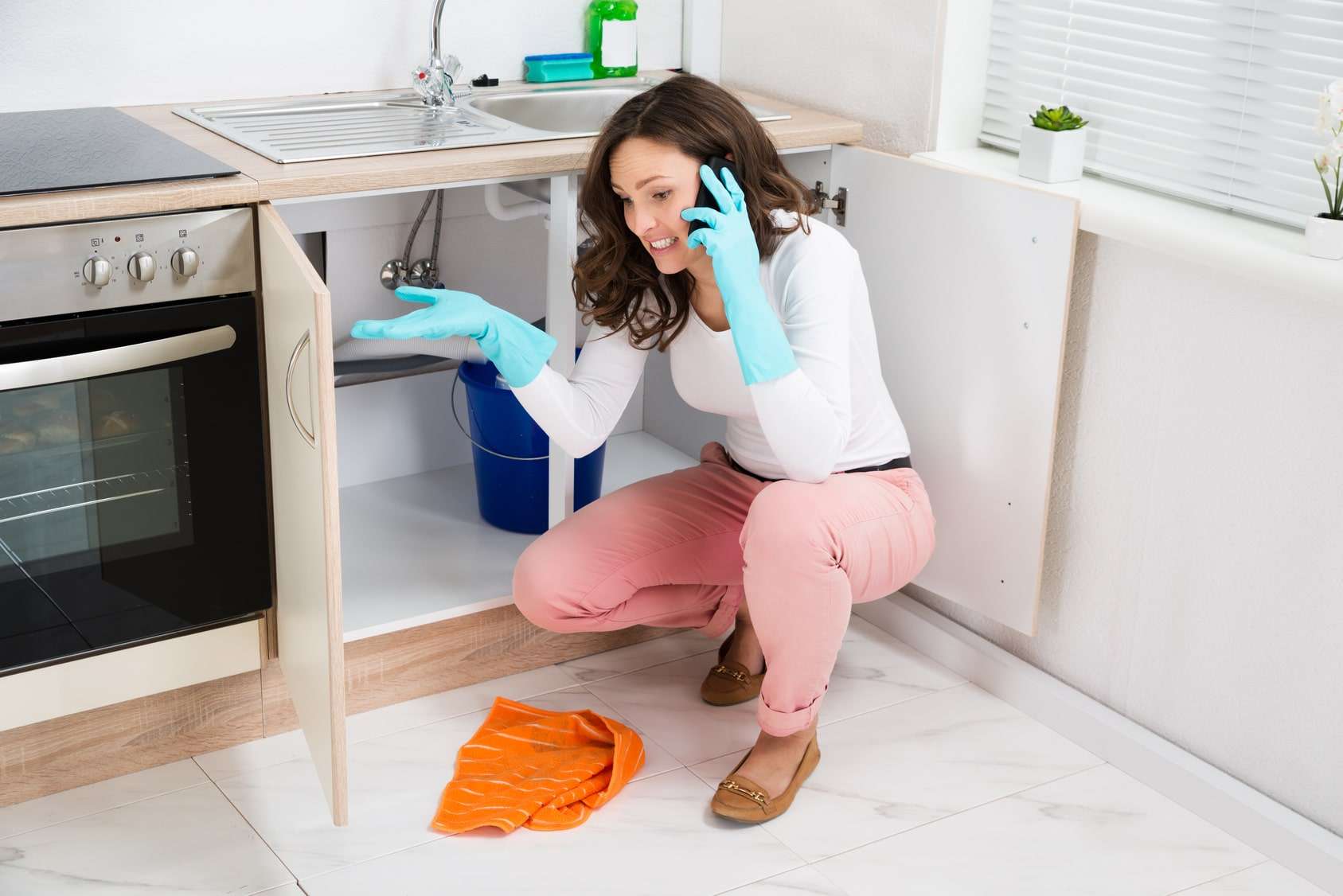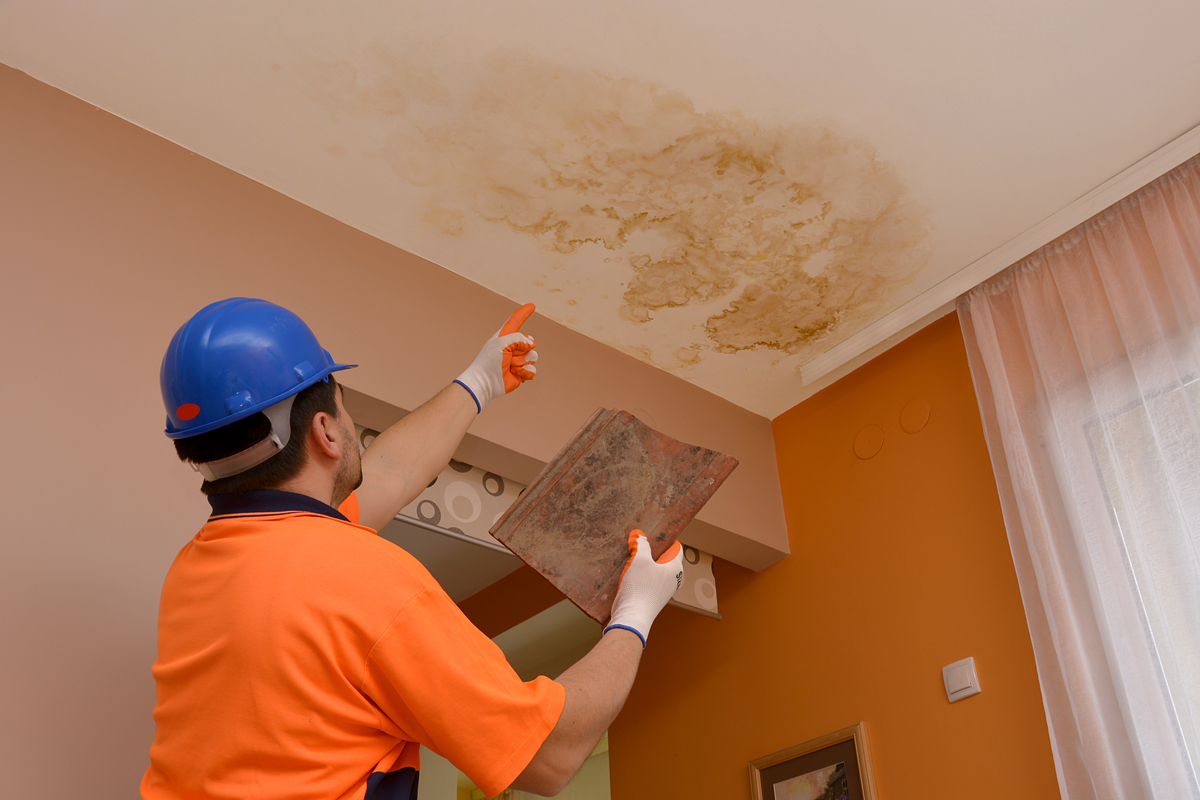What Causes Water Leaks? The Six Most Common Culprits in Homes
What Causes Water Leaks? The Six Most Common Culprits in Homes
Blog Article
What're your opinions with regards to How to detect water leaks in your home?

Leaks not only create waste of water yet can also create unneeded damages to your house and promote unwanted natural development. Water leakages may go unnoticed because most of the pipework in our residence is concealed. By looking as well as understanding for day-to-day scenarios that trigger leaks, you can protect your residence from future leakages as well as unnecessary damages. Today, we will certainly take a look at six leakage triggers that might be causing your pipelines to leak.
Instantaneous temperature adjustments.
Severe temperature level adjustments in our pipes can cause them to broaden and get suddenly. This expansion and also tightening might cause splits in the pipes, especially if the temperature are below freezing. It would be best if you watched on how your plumbing functions. The presence of the formerly discussed situations frequently suggests a high threat.
Corroded water supply
This could be the cause of discoloration or bending on your water pipelines. If our plumbing system is old, take into consideration changing the pipelines since they are at a higher danger of rust than the more recent designs.
Malfunctioning Pipeline Joints
Pipeline joints can deteriorate over time, resulting in water leakages. If you have noisy pipes that make ticking or banging noises, specifically when the warm water is transformed on, your pipe joints are most likely under a lot of pressure.
Elbowing in origins
Most water leakages begin outside your home instead of inside it. If you discover a sudden decline in water stress, claim in your faucet, take some time to go out and also analyze your lawn. You might see damp spots or sinkholes in your lawn, and that could indicate that tree roots are invading water lines creating water to permeate out. You can have your plumber check for intrusion, specifically if you have trees or bushes near your residential property.
Poor Water Connectors
At times, a leakage can be caused by loosened hoses as well as pipelines that supply your devices. In case of a water links leak, you might notice water running directly from the supply line or pools around your appliances.
Blocked Drains
Obstructed drains pipes could be bothersome and also inconveniencing, but they can often wind up causing an overflow causing burst pipelines. Maintain removing any type of products that might go down your drains that can clog them to prevent such aggravations.
All the above are reasons for leakages yet not all water leakages result from plumbing leakages; some leaks could originate from roofing leaks. All leaks must be fixed quickly to avoid water damage.
Leaks not only create waste of water yet can also trigger unneeded damages to your home and promote unwanted organic growth. By understanding and looking for daily scenarios that create leakages, you can protect your house from future leakages as well as unneeded damages. Today, we will certainly look at 6 leakage triggers that might be causing your pipes to drip.
At times, a leak can be caused by loose hoses and pipes that supply your appliances. In case of a water connections leak, you may notice water running directly from the supply line or pools around your appliances.
TYPES OF WATER LEAKS YOU SHOULD BE FAMILIAR WITH
Shower Fixture Water Leaks
If you notice a water leak near your shower fixture, perform an inspection to confirm if you are able to find broken caulk lines. As your shower fixture becomes older, it is not uncommon for water to leak onto the other side of the frame. To fix this type of plumbing leak, scrape off the old caulk and run a new bead of it around the shower fixture to seal up any fractured crevices and holes.
Bathtub Drainage Water leaks
To fix this type of leak in a bathtub, remove the drain flange and clean it. Next, you should also remove the rubber gasket located beneath the tub’s drain hole. Buy a replacement gasket that matches the old version and install it in the same location. Once the drain flange and rubber gasket are installed, apply a small amount of silicone caulk to the drain to prevent water leakage below your tub.
Water Pipe Leaks Behind Walls
Issues such as discolored grout and loose shower tiles may be caused by a water pipe leak behind the walls in your bathroom. To fix this plumbing leak, you will be required to remove the tiles, grout, or caulk in your shower. Once the tiles in your shower have been removed, perform an inspection of the drywall to confirm if it’s moist or wet. If you notice water marks or mold on the wall, this is an indicator of a water pipe leak.
Toilet Leaks
Nobody likes a toilet leak. It can cause water damage to the subfloor, joists, or even the ceiling in the room below. To combat this type of water leak, you will need to reinstall your toilet with a brand new ring of wax. If the toilet sits uneven, be sure to add toilet shims to correct the issue. Do you notice a broken bolt slot or flange? We recommend performing a new metal flange installation to remediate this issue.
Sink Water Leaks
To prevent damage to the beautiful counter tops in your kitchen or bathroom, tighten the base of your sink to prevent a water leak. Next, scrape away any old caulk around the sink and apply a fresh coat. Prior to using the kitchen or bathroom sink, you will need to secure the fixture to the countertop with the clips located beneath the sink rim to prevent a water leak.
https://www.fenwickhomeservices.com/blog/6-types-of-water-leaks-you-should-be-familiar-with/

As a fervent reader about How to Find Water Leaks, I assumed sharing that piece of writing was a good thing. Those who enjoyed our blog entry please make sure you remember to pass it around. Thank you for your time. Visit us again soon.
Order Repair Report this page